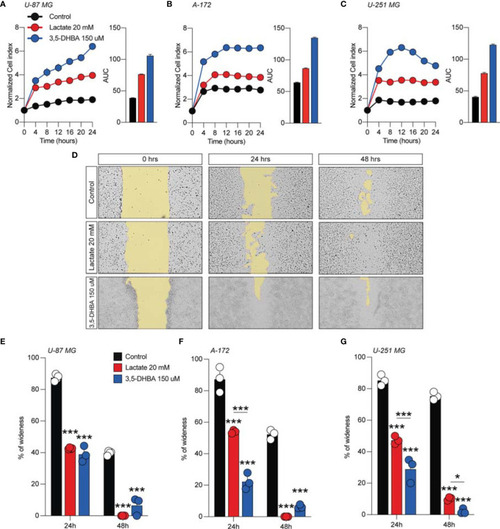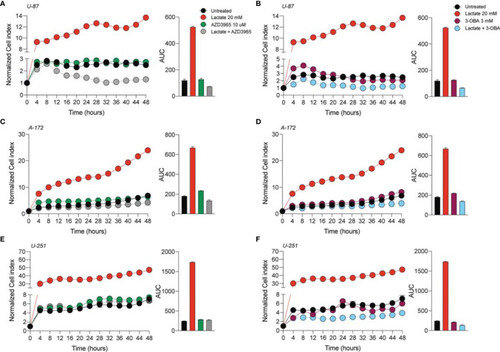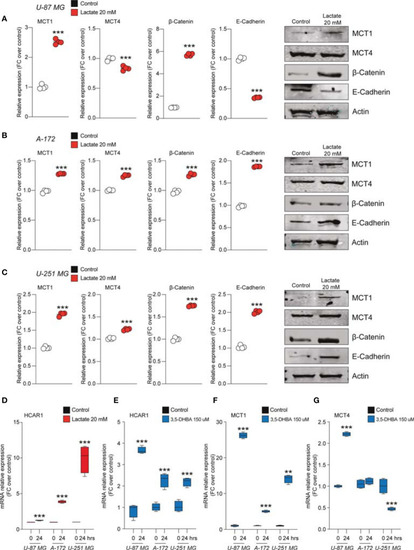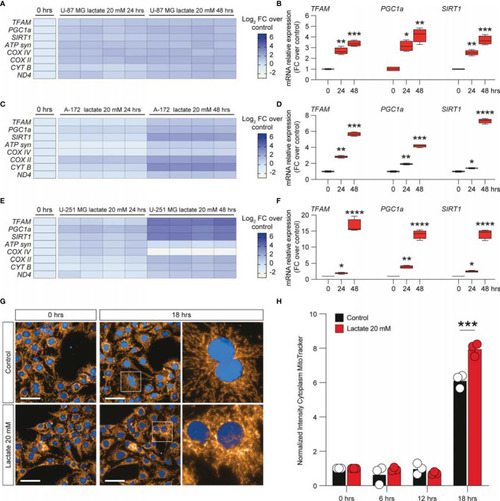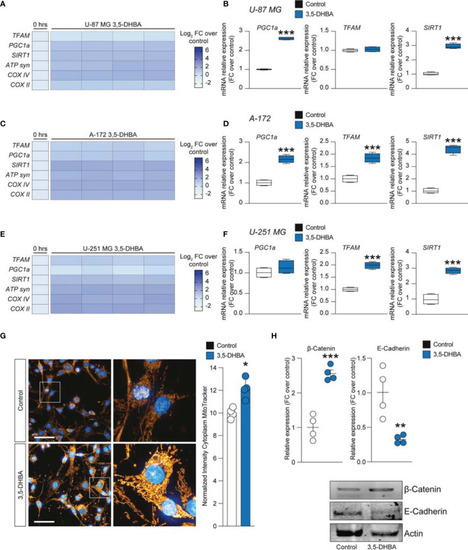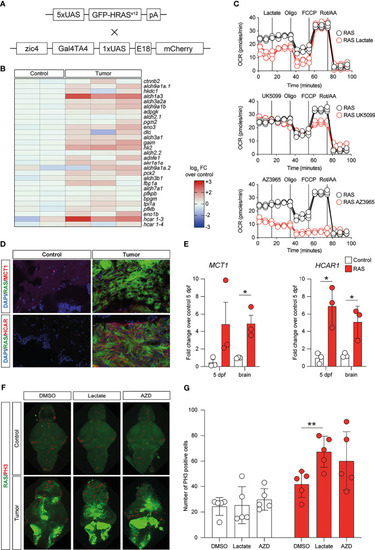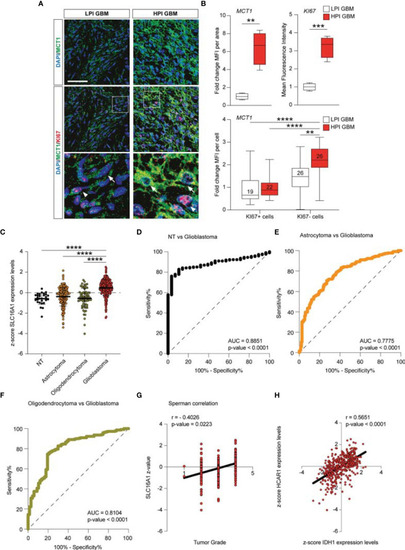- Title
-
Lactate Induces the Expressions of MCT1 and HCAR1 to Promote Tumor Growth and Progression in Glioblastoma
- Authors
- Longhitano, L., Vicario, N., Tibullo, D., Giallongo, C., Broggi, G., Caltabiano, R., Barbagallo, G.M.V., Altieri, R., Baghini, M., Di Rosa, M., Parenti, R., Giordano, A., Mione, M.C., Li Volti, G.
- Source
- Full text @ Front Oncol
|
Lactate and 3,5-dihydroxybenzoic acid (3,5-DHBA) promoted glioblastoma cell proliferation and migration. |
|
AZD3965 and 3-OBA reduced glioblastoma cell proliferation. |
|
Lactate regulated the expression of monocarboxylate transporters (MCTs) and epithelial–mesenchymal transition (EMT) markers in glioblastoma cells. |
|
Lactate promoted the upregulation of mitochondrial activity gene expressions in glioblastoma cells. |
|
|
|
Metabolic changes in a zebrafish model of glioblastoma (GBM) led to increased glycolysis and lactate transport and sensing. |
|
|

